Revitalizing Eskay Creek
Working with the Tahltan Nation: An interview with Skeena’s CEO, Walter Coles, Jr.
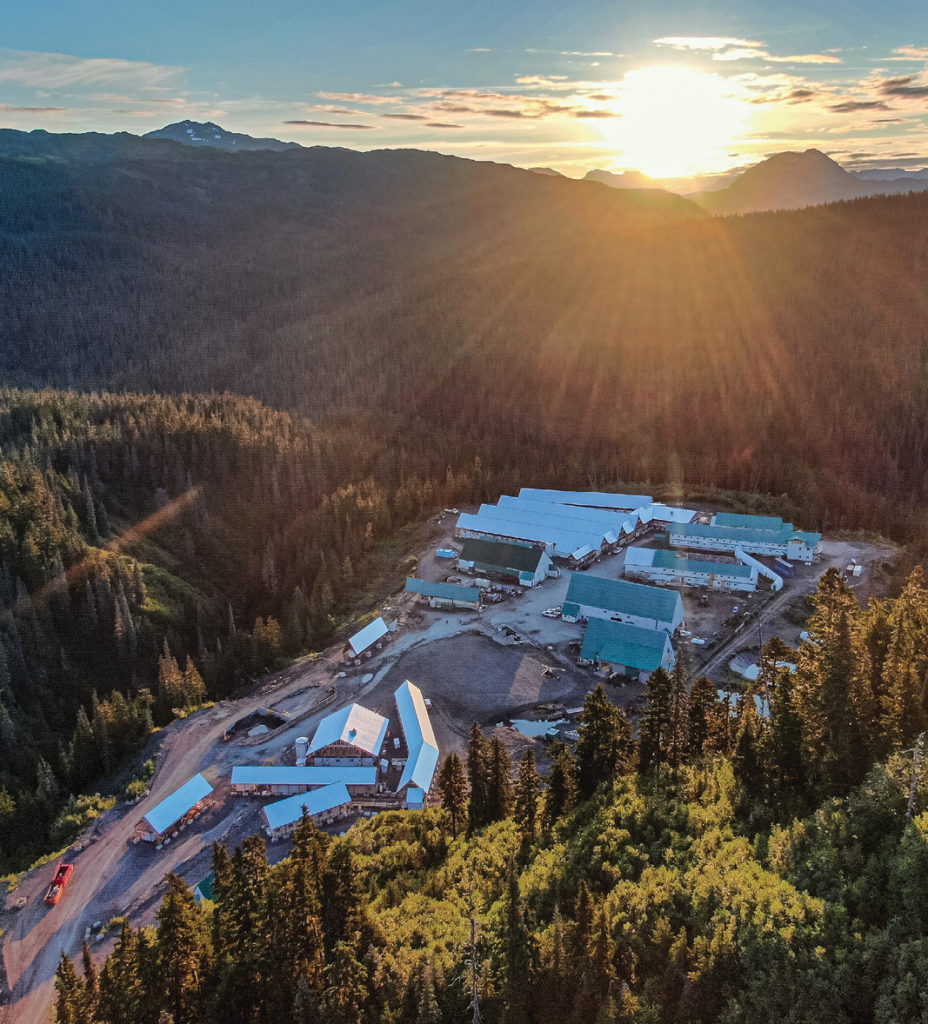
Eskay Creek was the highest-grade gold mine in the world when it was in production. The mine produced 3.3 million oz. of gold and 160 million oz. of silver at average grades of 45 g/t gold and 2,224 g/t silver from 1994 to 2008 when it was shut down due to the high operating cost.
The open pit Eskay Creek reserves contain 3.88 million oz. at 4.57 g/t AuEq in the proven and probable categories. Skeena completed a prefeasibility study (PFS) in July 2021 on Eskay Creek, which highlighted an after-tax NPV 5% of $1.4 billion, 56% IRR and a 1.4-year payback at US$1,550/oz Au and US$22/oz Ag. Skeena is currently advancing Eskay Creek towards a feasibility study, which is expected to be released later in 2022.

The Canadian Mining Journal recently caught up with Skeena’s CEO and Director Walter Coles, Jr. (WCJ) after his plane just landed in Vancouver and asked him for an update and outlook on the Eskay Creek project. Coles shared the story of working with several parties, including Barrick Gold Inc, the Tahltan First Nation, and the provincial government until the acquisition was completed in 2020. We also discussed Skeena’s unique working relationship with the Tahltan Nation to gain consent for the Eskay Creek revitalization project.
CMJ: To start our conversation off, Skeena acquired Eskay Creek mine in 2018, almost a decade after it was shut down due to higher operational costs in 2008. So, what made you think that the acquisition was a promising idea at that time, 10 years later? What influenced that decision in 2018?
WCJ: Something I was taught early on in this industry is “the best way not to lose money is not to put money upfront,” so we try to do option deals where we have an opportunity to evaluate an asset. We took the option deal because it was minimal risk.
We did not acquire Eskay Creek in 2018. We signed an option deal with Barrick, so we did not pay anything upfront. In fact, Barrick made a million-dollar investment into Skeena as part of the option deal. We had three years to evaluate the asset as part of the option agreement. If we liked it, we could acquire the asset for $20 million at any time within the three years.
We spent the three years doing a detective mission to evaluate all the historical data and see if in today’s world, there would be value at Eskay Creek that would cause us to exercise the option and acquire the asset 100%. As it turns out, there is a lot of material there (material being gold and silver) that is economic at today’s prices.
However, there are three substantial changes between 2008 and where we are today in 2022:
The first is the much higher price of gold. Also, the price of silver is much higher today than it was in 2008.
The second significant difference is that since historical production, there has been over US$2 billion invested into infrastructure in the area. This includes three new hydroelectric facilities, the closest one, the Volcano Creek hydroelectric power station, is 7 km away from Eskay Creek. In the 1990s and 2000s, Eskay Creek was powered by diesel and propane. When oil prices were over a hundred dollars per barrel, the energy component of the operating cost at Eskay Creek was as much as 50% of the total operating cost.
Now, with cheap clean hydropower, our energy cost should be less than 5% of the operating costs. You can see that is a huge 45% reduction in operating cost that comes with access to low-carbon hydropower. It also means that the greenhouse gas emissions are projected to be in the lowest quartile amongst global gold producers. The excellent infrastructure includes all-weather road access.
And the third substantial change was to look at Eskay Creek as an open pit rather than being an underground mine.
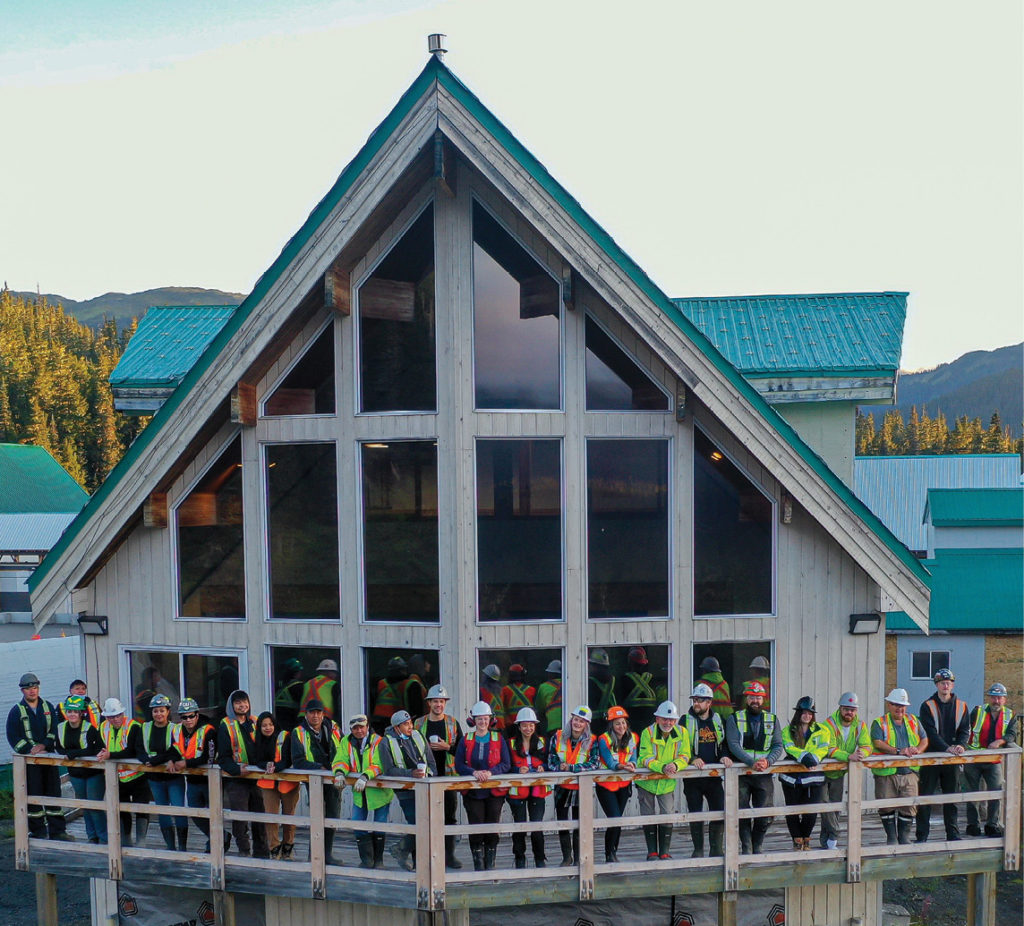
CMJ: I am sure you get this question all the time: why did Barrick not open pit Eskay Creek?
WCJ: First, it was not Barrick who originally took Eskay Creek into production. Tom Mackay was the prospector who explored Eskay Creek in 1932 and who first believed in its potential. His widow, Marguerite, held on to the property through Stikine Resources, which was later acquired about equally by International Corona Resources and Placer Dome. International Corona Resources then went into a hostile legal battle with Placer Dome over the asset back in the early 1990s. International Corona Resources borrowed a lot of money and took on too much debt to win the legal fight to acquire Eskay Creek. Due to having such a large burden, they needed to start paying that debt off as quickly as possible. The quickest way for them to do that was to start underground mining to mine the highest grade component of the deposit.
In addition to that, back in the 1990s, the government in British Columbia was not very favourable towards mining; it was almost impossible to permit an open pit mine in British Columbia at that time.
So, those are the reasons it ended up being an underground mine. Later, several open pit mines got permitted in BC, and it became possible to have an open pit at Eskay Creek. Then, we went to the Tahltan First Nation and asked their leadership if they could be supportive of an open pit? Their answer to us was “Yes, as long as you are able to demonstrate that it is not going to do anything to the environment.”
CMJ: So, you acquired it after three years from taking the option?
WCJ: Yes, we acquired it on October 1st, 2020.
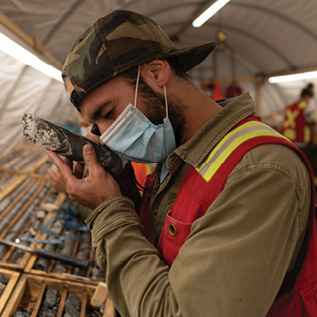
CMJ: Did you plan to work with the Tahltan Nation before the acquisition or did it just come up after the acquisition?
WCJ: Skeena started working in the Golden Triangle in 2014 and went through several projects in the area. We felt that the Golden Triangle has enormous potential. Our view is that the Tahltan Nation are good partners, if you acknowledge that you are a guest in their territory.
They are great partners for mining companies, so while working on several projects in their territory, we built a friendship and a healthy mutual respect.
CMJ: And how did it start in 2014?
WCJ: We were doing exploration in their territory. It was incumbent on us to engage and consult with them to identify the areas in their territory where they would be supportive of mineral exploration and mining and what areas would be, basically, off limits.
Our view is that it is always best to sit down and listen before you start running around trying to do things. That has been our modus operandi for working in Tahltan Nation territory, and it has been working to our advantage to listen, as we have avoided a lot of frustrations and heartache.
CMJ: Who leads Skeena’s negotiation team with the Tahltan Nation, is it you or someone else?
WCJ: Our senior vice-president, external affairs and sustainability, Justin Himmelright engages with the lead negotiator from the Tahltan Nation, and then, I engage with their president, Chad Norman Day, but Chad and I do not get into details. It is the negotiating teams that work out the details.
CMJ: You mentioned in a previous interview that Skeena adapted a “reverse permitting process” that started with the consultation with the Tahltan First Nation. When you got their approval, you went to the BC government. Do you think obtaining the Tahltan’s approval first influenced the provincial government’s decision?
WCJ: As a matter of practice before we apply for permits with the province, we always consult with the Tahltan First Nation and make sure they are supportive before we go down the formal permitting process. More generally speaking, in British Columbia if you do not have First Nation support, you are going to have a lot of trouble obtaining a permit for your project, no matter what it is, whether it is forestry, building an electronics plant, or building a mine. You must have your relationship with the First Nation in order before you get the support of the provincial government.
CMJ: Do you think this is how it should be in other provinces
as well?
WCJ: I learned about 15 years ago that all politics are local. If you do not have your local communities onside, you are going to end up having problems. So, I think for natural resources projects globally, any company that is trying to build these kinds of projects must make sure the local community that is going to be most affected by the project is supportive of it. Once you have that in order, then you start working with the government officials in the provincial capitals. Again: all politics are local.
CMJ: Does this kind of collaboration cost you more money than the regular permitting process? Have you ever put a dollar figure on how much this kind of collaboration has cost?
WCJ: It ends up saving us money. If we spend millions or hundreds of millions of dollars to get the far away government officials support for our project but end up having a problem with the local community, that can halt the project at the very last minute. So, to me, the investment that we make in building relationships and understanding the concerns and desires of the local community is priority number one.
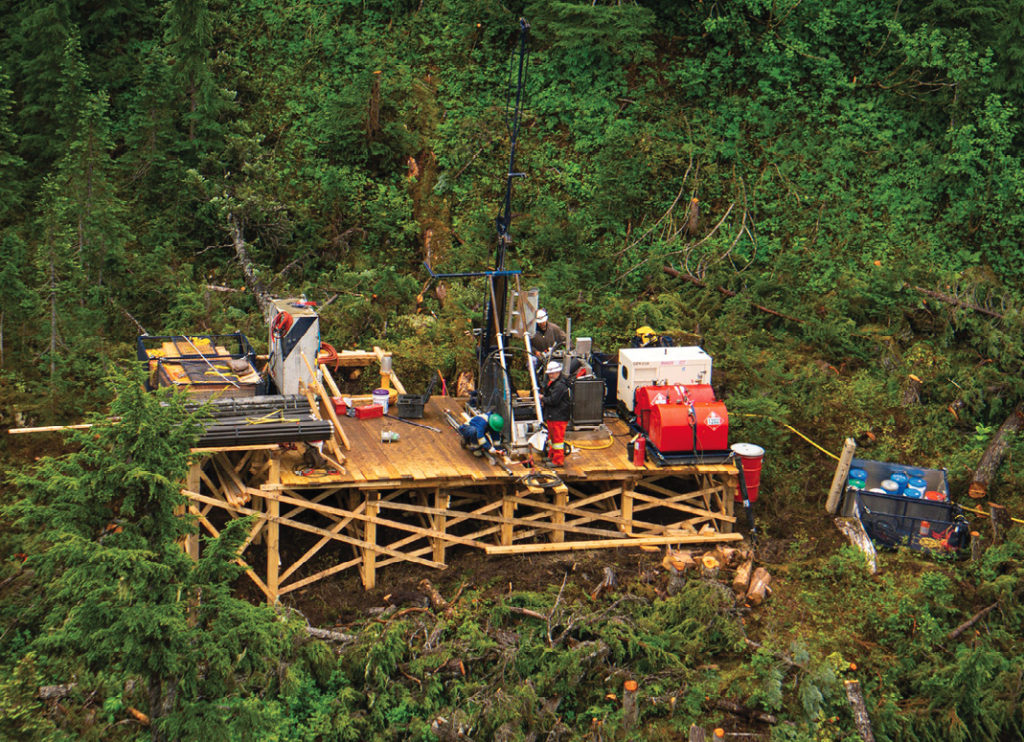
CMJ: Did you sign an impact benefit agreement with the Tahltan Nation government or are you planning to sign it?
WCJ: We are working on that right now and hope to have it done in September of this year.
CMJ: Can you summarize the main impacts of that agreement and of the permitting process on the Tahltan Nation economically and environmentally?
WCJ: Skeena believes in shared prosperity. If the company and the province, by tax revenue, are going to benefit, then shareholders benefit by gaining the profits out of the mine, the obvious question is how does the Tahltan Nation benefit? And that is what we are negotiating with the impact benefit agreement. It is obviously going to have a commitment to a certain percentage of jobs being allocated to Tahltan Nation, a certain percentage of contracts allocated to Tahltan entrepreneurs and businesses, and there will be some form of revenue/profit sharing. If we accomplish our goal, this agreement should be the most beneficial agreement the Tahltan Nation ever had with a mining company and that is something we are quite proud of.
CMJ: That is great news for them. So, what stage are you at right now in the permitting process, and what are your next steps?
WCJ: We are working to complete a “permitting charter schedule,” that will lay out the timeline to complete all the permits, which would enable Eskay Creek to go into production. I like that it is going to be made public because it identifies who is responsible for which permit at what time in months.
I hope that it creates some level of accountability and transparency on the part of government, on the part of the Tahltan, and on the part of Skeena.
CMJ: How does Skeena plan to engage and support the training for the Tahltan people during the next phase? Are you allocating a percentage of the contracting or sourcing budget to the local Indigenous businesses and contractors?
WCJ: To be honest, we would employ as many Tahltan people as possible, but the issue is that there are already several mines operating in Tahltan territory, and I am sure that any Tahltan who wants to have a job in the mining industry can already secure one. So, our thinking is how to help raise the skill level of Tahltan people beyond driving mining trucks or working as a caterer, and how to mentor and train the next generation of Tahltan leaders to work as executives on the management teams or to become mining engineers and geologists.
We have already started a mentorship program through which we have six young Tahltan engineering students interning with us. Hopefully, when those young individuals graduate from university, they will choose to work full-time with us as well.
CMJ: What are the lessons learned, or what would you do different from that experience with the Tahltan people the next time you collaborate with First Nations?
WCJ: Our lessons learned are from a project not in British Columbia but in the United States where we focused on the state and federal governments, and we did not focus enough on the local community, and that project remains tied up in the courts with permitting challenges. So, when we came to British Columbia, I vowed to do it differently; to focus on the local communities.
That has been the key to our success in Tahltan territory: putting the Tahltan Nation as the number one priority as a stakeholder.
CMJ: The government of the Tahltan Nation is business savvy compared to many other First Nations; what kind of advice would you give to companies working in the territories of First Nations that are less business savvy than the Tahltan nation or those communities that have no existing economy and they have urgent needs for infrastructure and not equipped to negotiate agreements created by the mining industry?
WCJ: This is a tough one! Every region or district has its own nuances that are important for a project in that area. I guess the one advice I would give is to listen. A lot of times mining executives come in and try to do a lot of the talking, and my advice is trying to listen. That will guide their strategy of consultation and hopefully allow companies going into an area to make the right decisions and avoid mistakes. And often it is obvious if you just listen!
CMJ: In a previous online interview, you mentioned that your team will be excited to build and operate the mine in the future. However, Skeena will also be open to acquisition offers for the project. Can you elaborate on that?
WCJ: As a member of the board of directors of Skeena, our obligation is to get the highest share price possible for our company. That may be through building the project, or it may be through accepting an offer to sell the project. Currently, I do not know which path we will go down.
As a matter of practice, day to day, we keep our heads down with the idea that we are going to be building Western Canada’s most valuable mining company.
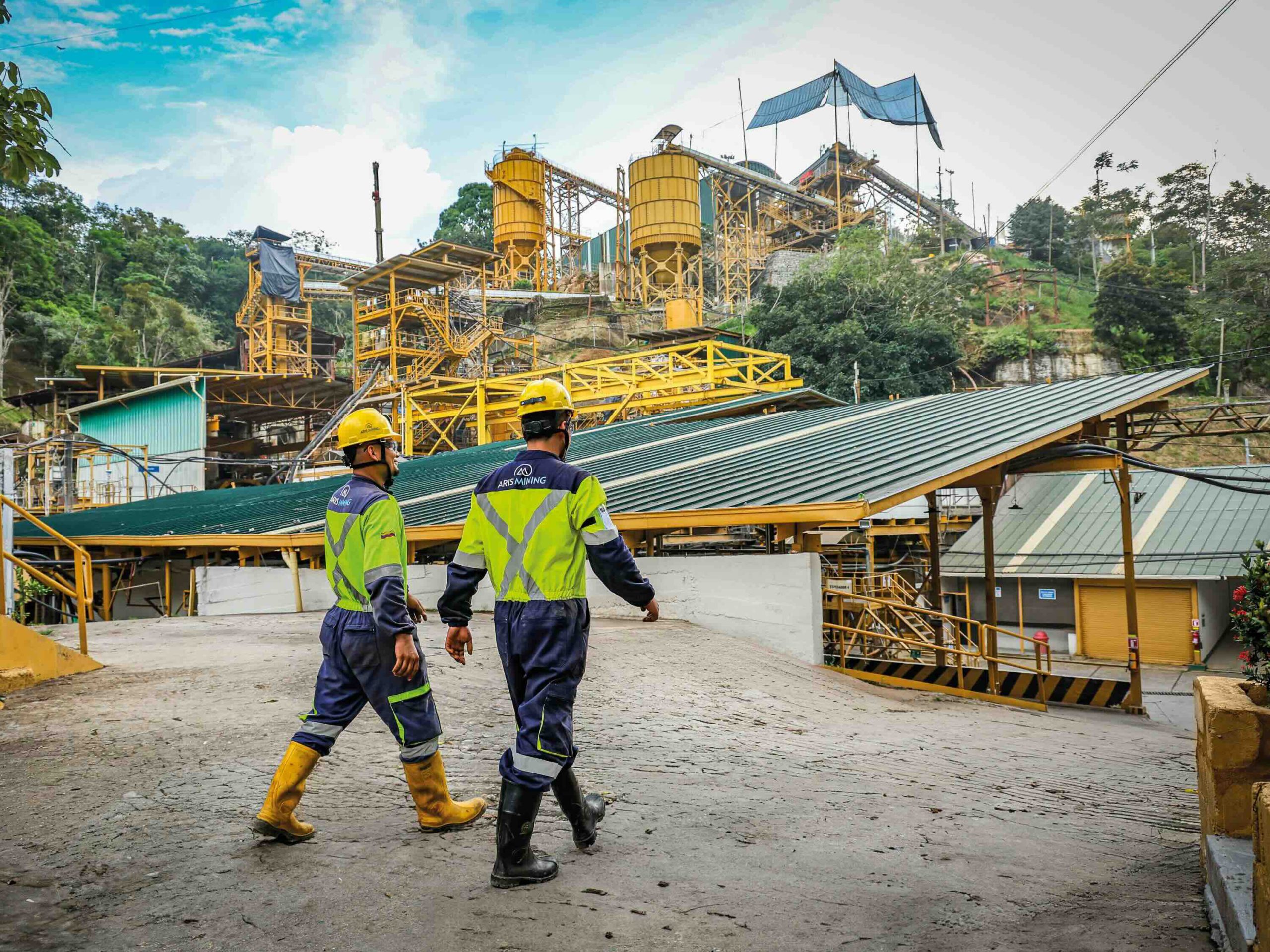


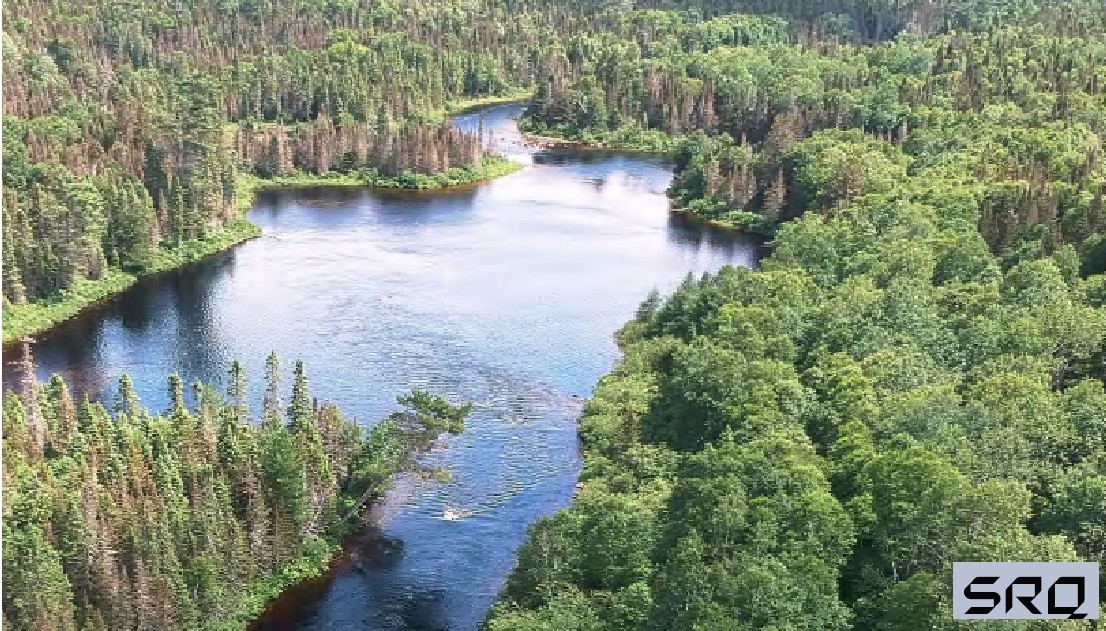
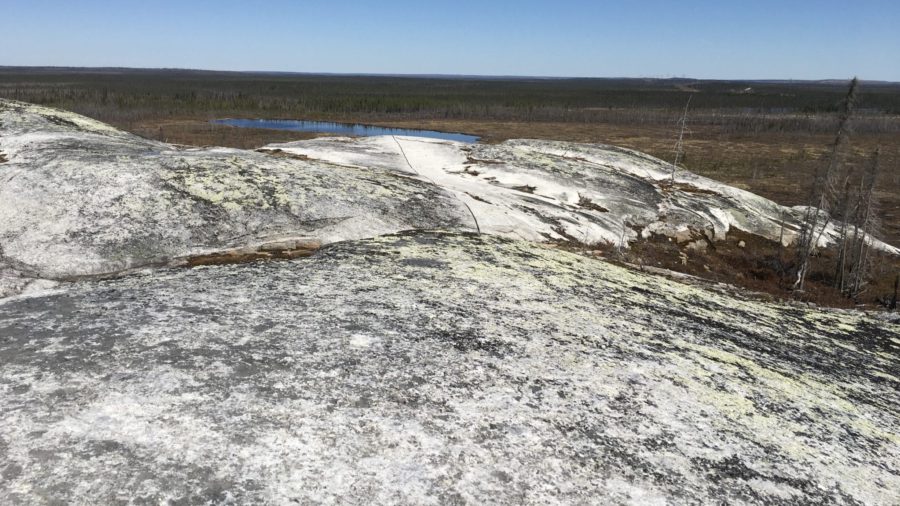
Comments